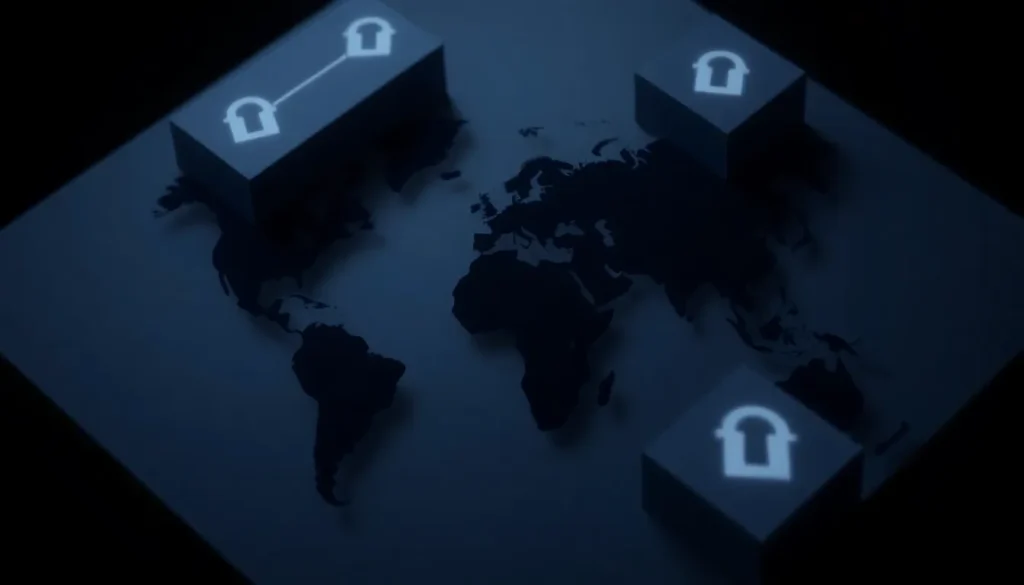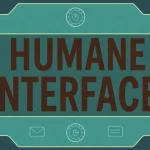Kremlin's Active Hack Groups Collaborate According to ESET

In an era where cyber threats are increasingly sophisticated and collaborative, the revelation of the cooperation between two of the Kremlin's most notorious hacking groups, Turla and Gamaredon, raises significant concerns for cybersecurity. Understanding the implications of this collaboration not only sheds light on the operational dynamics of these groups but also underscores the necessity for enhanced security measures in sensitive sectors.
Overview of Turla and Gamaredon
Both Turla and Gamaredon are linked to the Russian Federal Security Service (FSB), operating under different divisions but sharing a common goal: to conduct cyber espionage and attacks. Turla, known for its advanced malware capabilities, has long been a player in the cyber threat landscape, while Gamaredon, more recently recognized, has garnered attention for its extensive activities targeting Ukrainian infrastructure.
Understanding their operational methodologies provides insight into how they may leverage each other's strengths:
- Turla: Renowned for its sophisticated malware, Turla often targets governmental and military organizations.
- Gamaredon: Known for its aggressive phishing tactics, Gamaredon primarily focuses on Ukrainian entities, reflecting the geopolitical tensions in the region.
The collaboration between Turla and Gamaredon
ESET, a prominent cybersecurity firm, has put forward a compelling hypothesis regarding the collaboration between these two groups. The evidence suggests that Gamaredon has provided access to Turla operators, facilitating a coordinated attack approach. Specifically, this partnership has enabled Turla to issue commands on compromised machines to restart and deploy its malware, Kazuar.
This collaboration is especially notable given Gamaredon's previous alliances. For instance, in 2020, they were observed working with another hacking group known as InvisiMole, which highlights Gamaredon's pattern of collaboration within the hacking community.
Recent findings from ESET
In a series of incidents in February, ESET researchers identified multiple instances of co-compromise involving both Turla and Gamaredon in Ukraine. The scope of these attacks included the deployment of various tools, indicating a well-coordinated effort:
- PteroLNK
- PteroStew
- PteroOdd
- PteroEffigy
- PteroGraphin
These tools were utilized alongside Turla’s own Kazuar malware, showcasing a blend of their respective capabilities in executing cyber operations.
Technical indicators linking the groups
One of the most significant contributions to understanding this collaboration is the technical indicators identified by ESET. For instance, Turla's use of PteroGraphin to restart Kazuar is particularly telling. This action likely indicates a recovery mechanism after Kazuar failed to launch automatically, which is a critical insight into how the groups are interdependent.
ESET noted that this collaboration marked the first instance of concrete evidence linking Turla and Gamaredon through these technical indicators. Such insights are vital for cybersecurity analysts striving to unpack the complexities of cyber threats and the networks that underpin them.
Subsequent developments in the collaboration
Following the incidents in February, ESET continued to monitor the situation and reported additional deployments of Kazuar v2 by Gamaredon malware in both April and June. Despite the challenges in recovering payloads from compromised devices, the consistency of these findings supports the hypothesis of an active collaboration.
This persistent interaction between the groups suggests a strategic alignment, with Turla likely focusing on specific targets that hold valuable intelligence. ESET's analysis indicates that they are particularly interested in machines that could provide sensitive information, reinforcing the importance of vigilance in cybersecurity practices.
The broader implications of this collaboration
The revelations about Turla and Gamaredon’s collaboration have far-reaching implications for organizations, particularly those in sensitive sectors. As cyber threats evolve, it becomes crucial for entities to strengthen their defenses against potential attacks. Here are some measures organizations can take:
- Regular security audits: Conduct frequent assessments of security protocols to identify vulnerabilities.
- Employee training: Educate staff about phishing and other social engineering tactics commonly used by hackers.
- Incident response plans: Develop and maintain a robust incident response strategy to mitigate the impact of potential breaches.
- Threat intelligence: Leverage threat intelligence to stay informed about the latest tactics employed by cybercriminals.
Conclusion: The evolving nature of cyber threats
The collaboration between Turla and Gamaredon exemplifies the increasingly collaborative nature of cyber threats in today's landscape. As hacking groups continue to evolve and form alliances, it becomes imperative for organizations to adopt a proactive approach to cybersecurity. This not only involves improving technical defenses but also fostering a culture of awareness and preparedness within their teams.




Leave a Reply